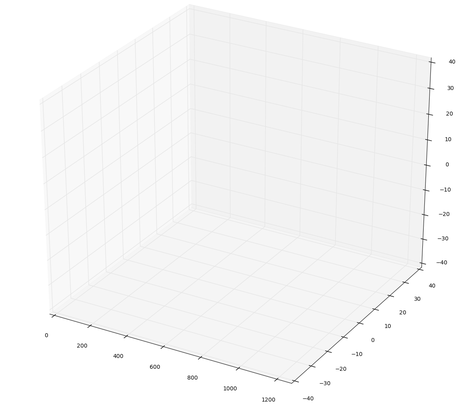Researchers in Sandia’s Center for Computing Research (CCR) have demonstrated using Intel’s Loihi and IBM’s TrueNorth that neuromorphic hardware can efficiently implement Monte Carlo solutions for partial differential equations. CCR researchers had previously hypothesized that neuromorphic chips were capable of implementing critical Monte Carlo algorithm kernels efficiently at large scales, and this study was the first to demonstrate that this approach could be used to approximate solutions to arrive at a steady-state PDE solution. This study formalized the mathematical description of PDEs into an algorithmic form suitable for spiking neural hardware and highlighted results from implementing this spiking Monte Carlo algorithm on Sandia’s 8-chip Loihi test board and the IBM TrueNorth chip at Lawrence Livermore National Laboratory. These results confirmed that the computational costs scale highly efficiently with model size; suggesting that spiking architectures such as Loihi and TrueNorth may be highly desirable for particle-based PDE solutions. This work was funded by Sandia’s Laboratory Directed Research and Development (LDRD) program and the DOE Advanced Simulation and Computing (ASC) program. The paper has been accepted to the 2020 International Conference on Neuromorphic Systems (ICONS) and is available at https://arxiv.org/abs/2005.10904
